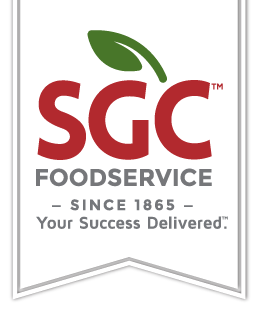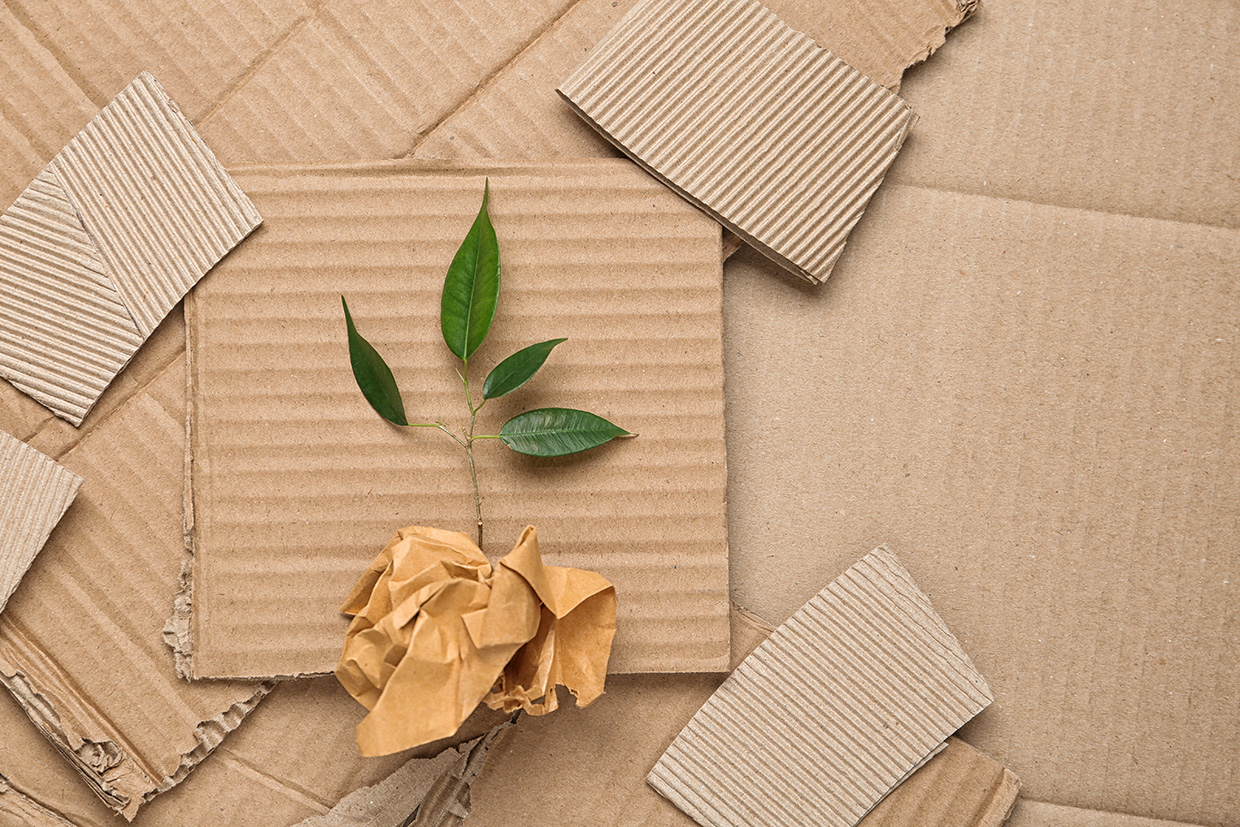More and more consumers are starting to value environmental consciousness. During the pandemic, the use of plastic in packaging peaked after decades of growth. Businesses must embrace sustainable packaging and do their part to minimize waste. Over half of the consumers worldwide consider environmentally conscious packaging before buying a product. Sustainability is an essential topic to your consumers and is detrimental to our environment.
Brands should continuously improve their packaging to keep up with sustainability. The first thing that may come to mind is recycling, but you should first turn your attention towards your packaging as a business.
Fewer Materials
It’s been said that less is more, and when it comes to your packaging, this is definitely the case. The materials used in your packaging have an impact on the environment. Some materials that are commonly used in packaging are paper, aluminum, glass, and more. To produce this, we have to use natural resources like water, minerals, and energy, and this generates air emissions in our environment.
Businesses are beginning to use materials that serve a purpose and are straying away from using excessive materials in their packaging. The design of your packaging plays a huge part in this as well. Try using a minimalistic design that will take less printing and plastic to create as a brand. Simple package design still engages consumers and communicates the brand clearly.
Recyclable Packaging
Recyclable packaging is an apparent sustainable change that brands can switch to. Many consumers aren’t aware that the packaging is recyclable, so it’s up to you to let your customers know. Making the switch to recyclable packaging will help reduce the size of landfills, conserve natural resources, and help save money. Businesses intend on getting rid of the use of plastics and migrate to the use of biodegradable and organic materials.
One sustainable change you could make would be using biodegradable packing peanuts. Styrofoam is another material that wreaks havoc on our environment. Using biodegradable air peanuts will work just like Styrofoam but without pollution to our environment and are also much less expensive. Inflatable air pillows are also a great alternative to Styrofoam or bubble wrap. Air pillows are perfect for filling the empty space in your packaging while being cost-effective. They also cut down on the amount of plastic used in production. Another option is cornstarch packaging. Cornstarch packaging is organic and has plastic-like properties. Cornstarch packaging is on the rise in the eco-friendly packaging industry.
Compostable Packaging
After purchasing something, most consumers will immediately throw away the packaging for the product. Trash and waste harm the environment, and the materials can be threatening to wildlife. Biodegradable packaging is an excellent second chance for packaging habits without harming the environment. A common form of compostable packaging is plantable seed paper boxes. These boxes can be composted and converted into soil for gardens that will produce beautiful plants instead of waste.
The food industry is working toward reducing its use of plastic and more toward biodegradable packaging. One of the changes that the industry is making is using more glass containers. Glass containers are reusable and recyclable and are easy to clean and use to transport foods. Bamboo is another element that is being used more frequently. Bamboo is biodegradable and an excellent alternative for packaging as it is heat resistant and very durable. Another compostable option is rice husk. Rice husk is renewable and cost-effective. An element in rice husk absorbs pollutants from its surrounding environments. Rice husk can be used in products such as serving bowls and sealable lunch boxes.
Flexible Packaging
Flexible packaging uses materials like foil, plastic, and paper to produce pouches, bags, and other pliable containers. Flexible packaging is relatively new but is gaining popularity quickly due to its efficiency and low cost. This packaging also takes less energy and water to manufacture. It also gives brands the freedom to customize, making them environmentally conscious and brand-specific at the same time. Flexible packaging is also created with zip locks and seals, which are reusable. Consumers can take their packaging home, clean and reuse it instead of disposing of it.
Some forms of Flexible packaging are:
-
Sample pouches: Small, heat-sealed packets composed of foil. Pre-formed for easy filling and sealing.
-
Printed pouches: Pouches are printed with brand information.
-
Sachets: Flat packets made of layered packaging material. These are typically single-use products, great for trade shows and distributing samples.
-
Stock bags: Simple, formed bags that can be used blank or have a label to promote the brand.
By using sustainable packaging, you will be doing your part as a brand to reduce your carbon footprint while reducing the amount of waste from your consumers. Sustainable packaging will continue to increase in popularity and become more environmentally conscious over time.

